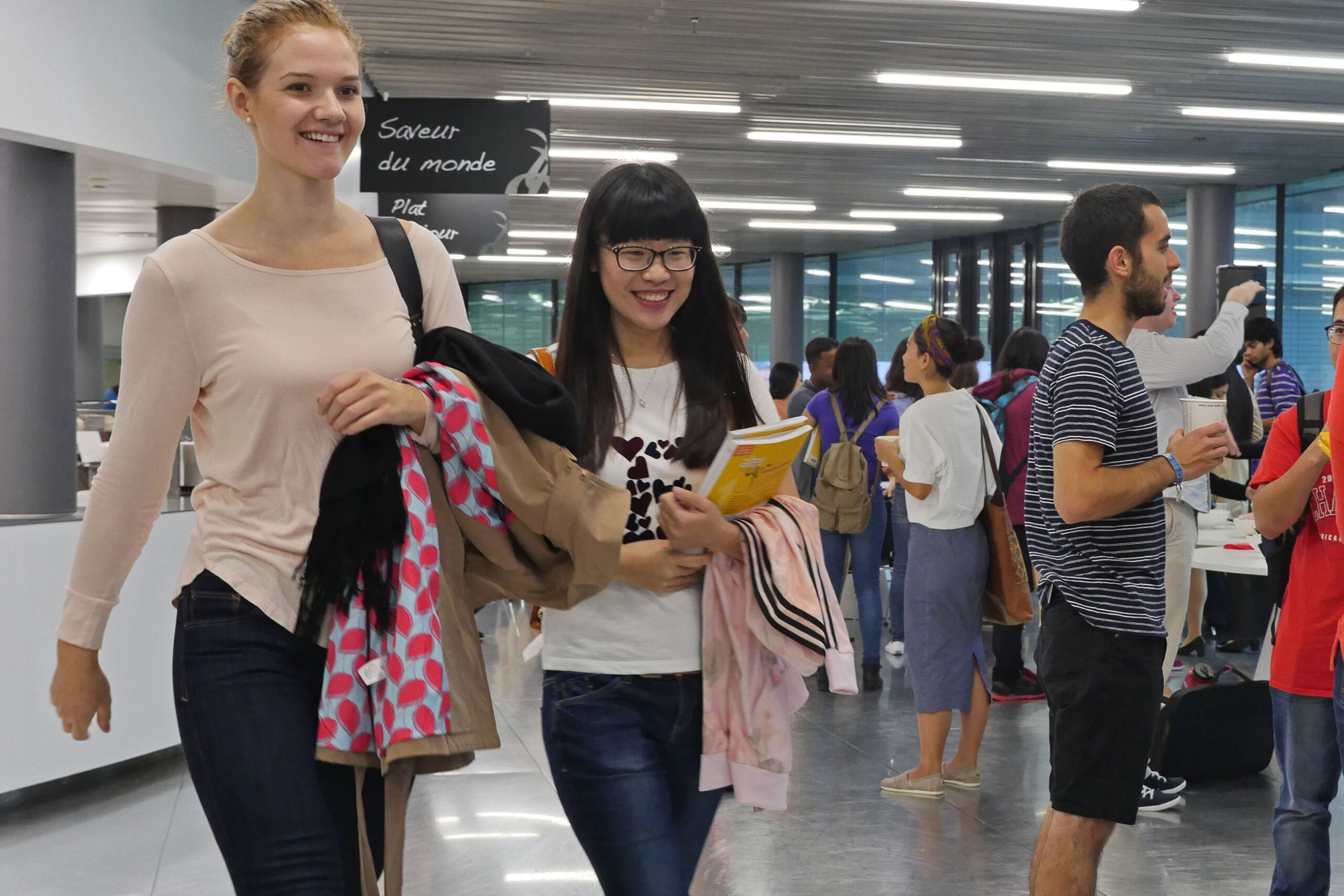Recently, while catching up with my cousin, Parker, a sophomore at Syracuse University, he mentioned his credit card debt, and food-spending habits while at the University. Following this conversation, I became curious about the spending habits of college students, especially surrounding their meal purchases. Parker had previously complained about the dining hall options, expressing his distaste for the food quality. In many cases colleges and universities hold a kind of monopoly over meal plans; the system is not, strictly speaking, a monopoly because students can easily eat off-campus in some cases, though in other cases students are required to purchase a meal plan. Parker’s only options were to spend his savings on takeout, or suffer through the mediocre-quality meals at the school dining hall. Spending money daily would add to his credit card debt, so I suggested that Parker start grocery shopping to save money. Parker pointed out one element that I had not considered: the time it takes to plan, prepare, and store meals.
Looking to discuss food spending with as many students as possible, a few days later I took a short trip to the University of Maryland (U.M.D.). My goal was to understand the financial choices Parker was facing when planning where his next meal would come from. The conversations I had with other college students clear that Parker was not alone in his financial struggle to save money while satisfying his nutritional needs. Almost every student I interviewed admitted to regular indulgences in fast-casual dining, swayed by its convenience and palatability. A Freshman at the University of Michigan, Ann Arbor, stated, simply that the dining hall did not live up to expectations, driving her instead consume food from fast-casual restaurants almost every day. However, nearly every student recognized the potential savings they could benefit from adopting more efficient grocery shopping practices. Given the context, I feel is up to me to potentially figure out how to make grocery shopping more feasible for students, including making grocery shopping and cooking at home more budget-friendly. Students I spoke with voiced concerns about transportation constraints, planning and storage issues, and finding the best deals. I aim to provide three strategies to combat these issues while efficiently saving.
Strategy 1: Coordinate transportation to the grocery store
One college freshman raised the concern of getting to the nearest grocery store to stock up on food in the first place. She said, “if I were to go to the store, I would need to Uber which is expensive, too.” As many students do not own cars, students should proactively coordinate Uber or Lyft rides, or borrow a car with friends and classmates s to stock up on groceries. It just feels like a mistake to allow the inability to find easy rides to be an excuse for wasting your money on that 13-dollar sandwich from Potbelly. Just keep trying, be positive, and you can find a way to organize and get to the store! The same student explained that splitting rides would help eliminate using grocery delivery services such as Instacart, which is another expense that comes with a fair amount of uncertainty in that it takes time to get delivered and may never, in fact, arrive. Depending on the location, sharing a ride to the grocery store would about equal the price of one fast-casual lunch.
Strategy 2: Purchasing Groceries in Bulk and Spreading food Among Peers
When in grocery stores, we are often faced with two paths: perhaps the most appealing to individuals in college who have limited access to food storage is to buy the smallest portion size, which often comes with a much higher unit cost. This means it’s more expensive to buy a 20oz bottle of a soft drink alone. The cost of a single 20oz bottle, when sold in bulk, is typically lower. This option comes at a lower per-unit cost, though many fail to recognize the benefits of buying in bulk. Part of the reason for this is that many college studentsy just don’t have the space in their dorm refrigerators. When I asked about buying in bulk, one student quickly explained that “[she] can barely fit three things in her freezer.” The bottom line for you, the financially savvy reader or college student, is to purchase the bulk option and ration this food among your fellow students or peers. For example, say you want almond butter. Rather than buying one singular jar for 13 dollars, purchase a large tub or a multipack when available at a slightly higher total price and spread the contents among your peers. You only need Venmo or Cash App to make this strategy work.
Strategy 3: Leveraging Technology for Planning and Deal Finding
As students in our late teens and early twenties, we are incredibly proficient with our smartphones. This includes downloading the latest apps for productivity, and entertainment. It was shocking to me, therefore, that many students I spoke with were unaware of meal-planning apps such as BuzzFeed Tasty, Mealime, and Intent. These apps can be leveraged for meal ideas and grocery lists to manage spending at grocery stores, and to plan what to buy for that next tasty meal. Additionally, only few students I spoke to know about Flipp or store loyalty systems to save on groceries. When combined and used with some experience, these apps can be the difference between buying ten fast-casual meals per week and buying three, a notable savings. Hopefully this digital grocery shopping approach will not only streamline the process of managing expenses, but these apps will also hopefully encourage better financial discipline, and stimulate the power of finance that lies within all of us.
Adopting these grocery shopping strategies might initially feel daunting and time-consuming; however, significant savings are on the table for those willing to do the work. Furthermore, this practice underscores a larger narrative of financial literacy and empowerment among college students. By transforming grocery shopping from a routine chore into a strategic financial activity, students may be more motivated to engage. The proactive stance on budgeting equips students with the acumen to navigate future financial landscapes, from managing student loans to laying the groundwork for long-term financial planning and retirement. The journey through the grocery aisles becomes a metaphorical journey toward financial independence, where each deliberate rather than impulsive purchase reflects a step closer to achieving financial stability and freedom.
Another bonus tip: keep a spreadsheet for all of your expenditures to keep track of your finances. Check out this model spreadsheet that compares two popular meals among the U.M.D. students that I interviewed and their grocery store alternatives: As you can see to the right, if you use these alternatives and go to the grocery store, the savings add up pretty quickly. I hope those reading this can help college students and our other readers interested in in financial literacy apply these strategies, to develop their own insights on how to save cash, and To improve their financial knowledge thereby benefitting society as well as themselves.

